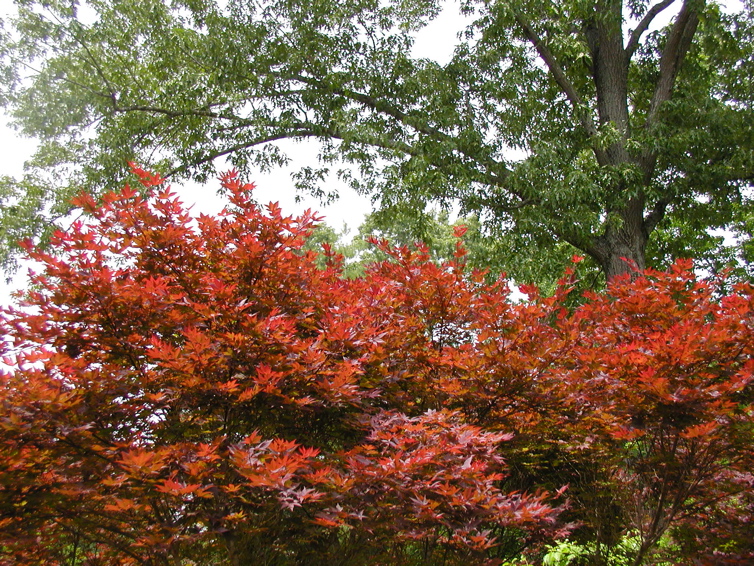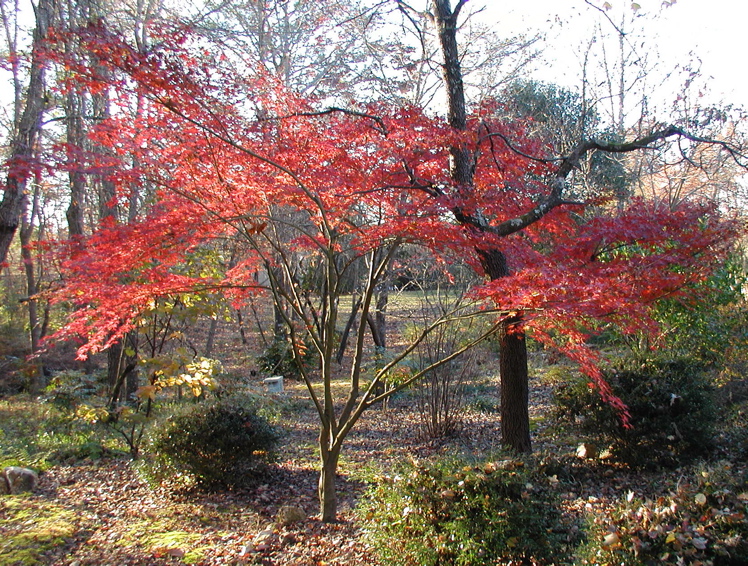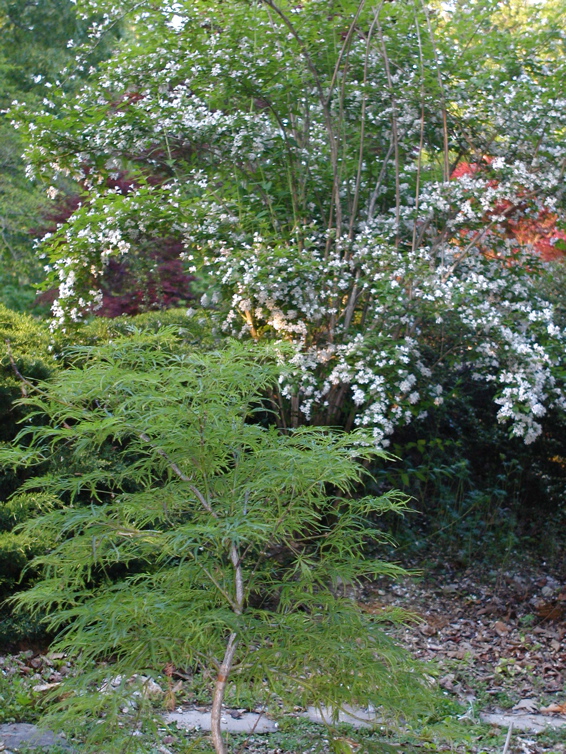Why it takes so long to get things done in my garden
 Saturday, February 20, 2010 at 8:15PM
Saturday, February 20, 2010 at 8:15PM What a difference a week makes! Last week my garden stood frozen and hushed under a layer of snow. Now the weather is warm and the garden juices are flowing in plants and gardener alike. The drab browns and grays of winter are still here but are about to give way to the exuberance of spring. Look at these photos of my lady garden, taken exactly seven days apart.
With the warmer air and sunshine, my goal yesterday was to spread fifty pounds of composted cow manure around the hellebores in my garden. I should have done this weeks ago, but the recent cold wet weather has prevented me. It took me six hours. The job could easily have been done in one hour, or less if I hurried. This is what happened:
I went around back to the carport to get the wheelbarrow. I put two twenty-five pounds of manure in the wheelbarrow and started pushing it, aiming for a patch of hellebores next to the patio on the opposite side of the house. I went about ten feet and noticed a rock planter by the drive. I was thrilled that the lavender I had planted here had survived our soggy winter, but it was covered up with weeds. I bent over and pulled a few of the weeds, then decided to go ahead and pull all of them.
That's much better! I bet that lavender could use some of this cow manure.
So I opened one bag and scooped some of the rich, dark stuff into a trowel and worked it into the soil around the lavender. I made a mental note: Buy more lavender.
I then pushed the wheelbarrow around the corner of the house and spied the large planter across the front with lemon thyme growing in it.
Well, if it's good for the lavender, it's good for the thyme.
So spent the next few minutes working cow manure around the thyme plants.
I had better water this in.
I got the hose and watered the front planter, then put water in a watering can and walked back to the first planter with the lavender and watered that, too.
I pushed the wheelbarrow a couple feet and noticed some weeds growing into a shrub. So I stopped and pulled them. There were quite a few. This took about thirty minutes. I carried the weeds to the brush pile behind the house and dumped them.
I was getting closer to the hellebores now, but stopped to put some manure around a potted dwarf Alberta spruce. I eyed some shrubs growing nearby and decided they could use some, too. After that, I pulled the hose to this area and watered everything I had manured.
Really, all of these plants in pots on the patio need fertilizing.
So I did that and watered them, as well.
Okay. At last the first group of hellebores was right in front of me!
But I'm hungry. I need a snack first!
I went into the house and ate a muffin and drank some milk. Lou was there and asked me to sign some papers. I did that and headed back outside.
I looked at the hellebores.
What a mess. All these dead leaves are terrible.
I got the pruners and snipped the ratty foliage off the hellebores. Then I got the rake and gently raked all the oak leaves and other debris that had fallen into the hellebore bed during the winter.
That's better. Hmm, I'd better go ahead and rake all this stuff off these bricks while I'm at it.
I began raking the leaves and noticed moss growing on the bricks under the leaves. I pulled at it, and it easily peeled off the bricks in sheets.
The moss path! This will be perfect to transplant to those bare areas of my moss path!
So I made multiple trips to the woodland garden, where I happily laid sheets of moss and stepped on it.
That's an easy transplant job. But look at that. My weeping blue cedar has some dead branches at the bottom. It needs to be limbed up. That plant sure has grown. It's beginning to look like a tree!
I went to the back of the house and got the loppers and then returned to the woodland garden, where I limbed up the cedar and the blue spruce next to it. I hauled the cut branches to the brush pile. Garden the cat, who does not belong to me, saw me and came running. She hopped onto the woodland garden bench, expecting me to visit with her. She was covered up with leaves and pieces of pine straw.
"What have you been doing?" I asked. "Rolling in the hay?"
I sat down and she climbed into my lap. I picked all the leaves and pine straw out of her fur. I turned her onto her back and looked at her belly, to make sure she wasn't pregnant. Garden was offended at this and hopped down.
"See you later," I called to her as she trotted off in a huff.
Okay, I have got to fertilize those hellebores.
I returned to the hellebores. I had raked a large pile of leaves onto the patio, so I decided to get rid of these first. I emptied the manure bags out of the wheelbarrow and piled the leaves into it. I pushed the wheelbarrow to the brush pile and dumped the leaves. On the way back I stopped at the herb bed. Weeds were sprouting and multiplying as I stood watching them.
So I weeded the entire herb bed.
Wow. The sun is getting low! I have got to fertilize those hellebores!
I finally returned to the job I had set out to do. I scooped manure around each plant and watered them. I put the remaining bag of manure into the wheelbarrow and then headed for a group of hellebores next to the lady garden.
Don't look over there! Just do what you got to do. The sun is about to go down!
I diligently spread the manure around this group of hellebores, then made several trips with the watering can to water them. The sky was turning pink as I returned the wheelbarrow to the carport and put up my other garden tools.
And that is why it takes me so long to get anything done in my garden.





